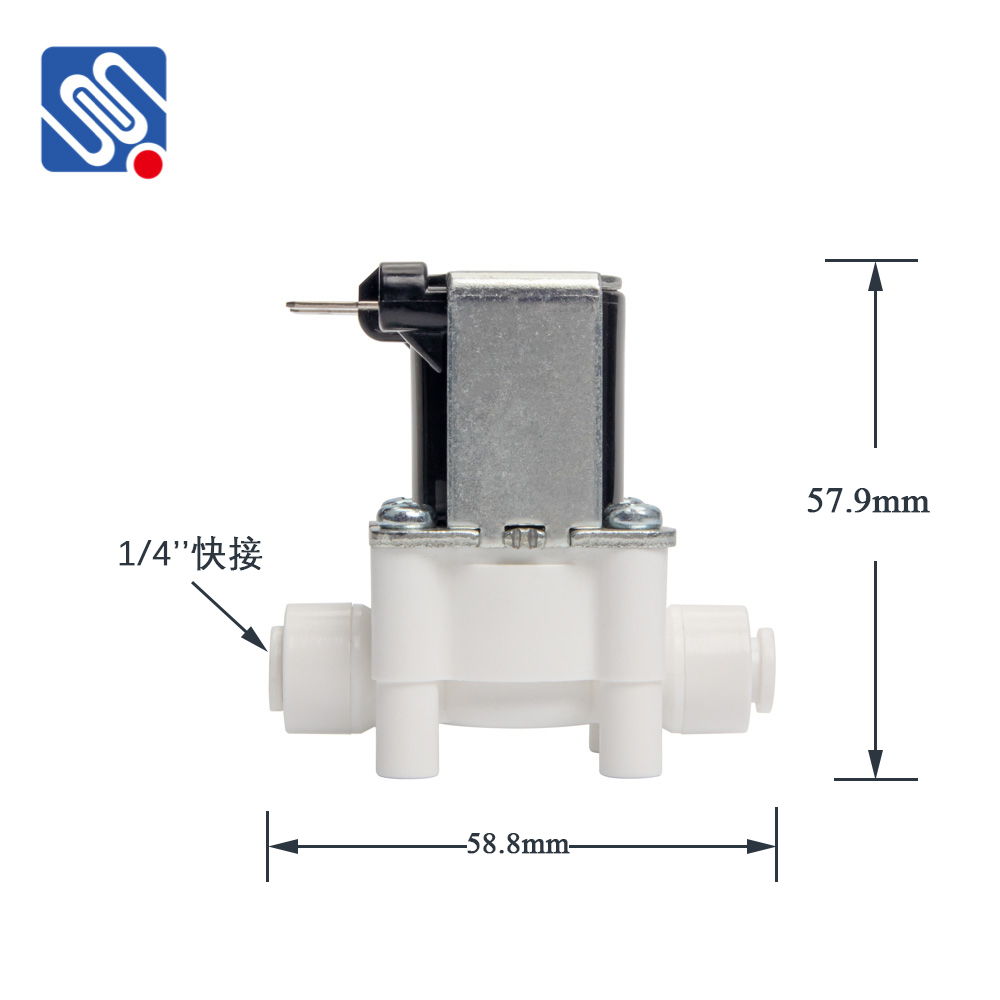understanding normally closed solenoid valve: functions, applications, and benefits
Release time:2025-06-27 02:39:11
A Normally Closed Solenoid Valve (NCSV) is a type of electromechanical valve that plays a crucial role in fluid and gas control systems. The operation of a solenoid valve involves the use of an electrical current to activate a coil, which in turn opens or closes a valve. Specifically, a Normally Closed Solenoid Valve remains in a closed state when no electrical current is applied, allowing the valve to prevent the flow of fluid or gas. Once the coil is energized, the valve opens, enabling the flow of the medium. This type of valve is used widely in industries such as automation, manufacturing, and fluid management due to its reliability, versatility, and efficient control capabilities.

Working Principle of Normally Closed Solenoid Valve
The functioning of a Normally Closed Solenoid Valve is relatively simple. It consists of a solenoid coil, a plunger, a valve body, and a spring. The solenoid coil is an electromagnet that, when energized, generates a magnetic field. This magnetic field moves the plunger, which is responsible for either opening or closing the valve.
When the solenoid valve is not energized (no electrical current applied), the valve remains closed due to the spring’s force, blocking the flow of fluid or gas. However, when current flows through the solenoid coil, the generated magnetic field overcomes the spring’s force, pulling the plunger away from the valve seat, which opens the valve and allows the medium to pass through. Once the current is turned off, the spring returns the plunger to its original position, closing the valve and halting the flow.

